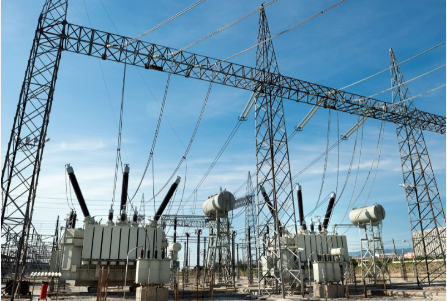India’s power sector is set for a major transformation with the proposed introduction of market coupling, a system aimed at ensuring fair and transparent price discovery across all electricity exchanges.
Currently, India has multiple power exchanges including the Indian Energy Exchange (IEX), Power Exchange India Limited (PXIL), and Hindustan Power Exchange (HPX) each conducting separate auctions for power trading. This often results in different prices for the same time block, creating inefficiencies and limiting true market competition.
Under the market coupling mechanism, a Market Coupling Operator (MCO) will aggregate bids from all exchanges and determine a single market clearing price and volume for each time block. This unified approach is expected to improve transparency, enhance liquidity, and optimize the use of available transmission capacity.
Experts believe the move could benefit both buyers and sellers by reducing price divergence, improving grid efficiency, and fostering a level playing field. The initiative also aligns with the government’s vision of creating a unified national electricity market that supports renewable energy integration and long-term energy security.
However, industry stakeholders emphasize the need for careful implementation, citing concerns over operational coordination, data transparency, and maintaining healthy competition among exchanges.
If implemented effectively, market coupling could become a key step toward a more transparent, efficient, and equitable electricity trading ecosystem in India.



